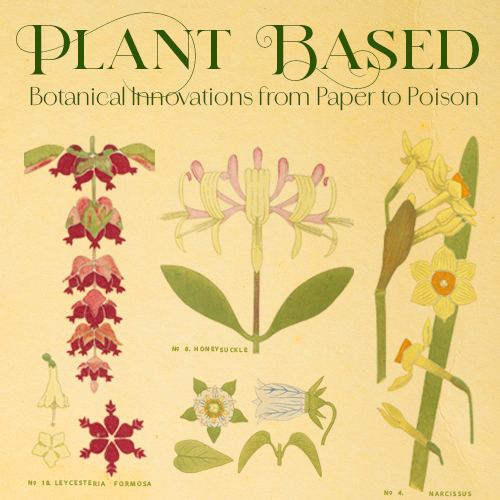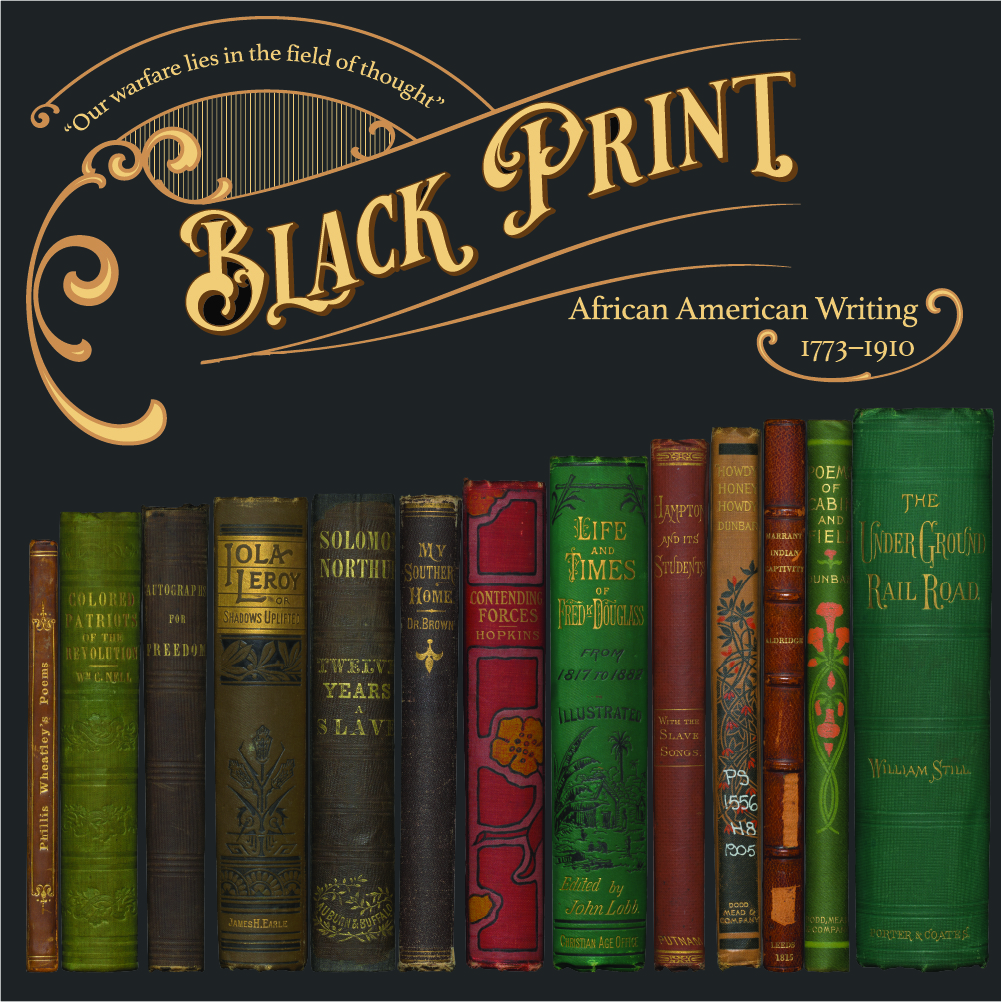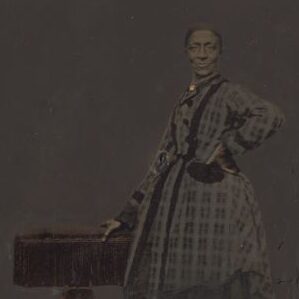Currently at Carl A. Kroch Library
We host exhibitions in the Hirshland Exhibition Gallery, the Michael T. Sillerman ’68 Rotunda, and the reference room, which are all located in level 2B of Carl A. Kroch Library.
Hirshland Exhibition Gallery
For millennia, humans have looked to the botanical world for the practical and the profound, finding countless imaginative and innovative uses for plants of all kinds. The artifacts gathered in this exhibition demonstrate the essential role plants have played in human communication, health, clothing, and design across the ages, showing that the phrase “plant based” can apply to much more than food and diet. Plant Based explores multiple dimensions of our varied interactions with plants, and celebrates the earth’s florae, their myriad uses, and the inspiration humanity has discovered in their bounty.
This exhibition features items from across Cornell University Library’s Rare and Manuscript Collections, as well as plant and insect specimens on loan from the L.H. Bailey Hortorium Herbarium and the Cornell Insect Collection. Materials on view include handmade paper from as early as the Ming Dynasty, woodblocks created by artist and Cornellian Elfriede Abbe, herbals from around the world, ancient papyrus fragments, contemporary artists’ books, and much more – illuminating just how far the roots of the plant world reach into our lives.
Recent Exhibitions
We also host many of our current and past exhibitions online, including those featured here. Please see Online Exhibitions for a complete list.
Online
Before social media, before #BlackTwitter, there was nineteenth-century Black print. “We struggle against opinions. Our warfare lies in the field of thought,” proclaimed the 1847 National Convention of Colored People held in Troy, NY.
Black Print draws on Cornell’s rich Africana Rare and Manuscript Collections to highlight the many ways Black Americans have used print and the press as spaces for artistic expression, communication and organizing, antislavery activism, humor, education, civil rights, and imagining new worlds. These items, ranging from poetry collections and autobiographies to novels and newspapers, showcase early African American literature and Black artistic expression, what Dorothy Porter described as the “beginnings of the Afro-American’s artistic consciousness.”
Black Print offers a snapshot of a robust community of writers thinking actively about Black life and Black art—the beautiful and the sublime, politics and popular culture—primarily through periodicals, pamphlets, and other ephemeral forms. Featured are works held in Cornell University Library’s Rare and Manuscript Collections by Phillis Wheatley, Frederick Douglass, Frances E. W. Harper, Paul Laurence Dunbar, Sojourner Truth, and many more.
Online
No matter your age, you’ve likely encountered Dr. Joyce Brothers at some point in your life, whether you watched her television shows, listened to her advice on the radio, read her columns in Good Housekeeping, or spotted her in one of her innumerable cameo and game show appearances. Dr. Brothers was omnipresent in American media for over 50 years. A natural-born entertainer, she was first and foremost a mental health professional—often referred to as “the mother of media psychology”—who sought to do the most good for the largest number of people. The professional advice she offered to Americans in the comfort of their own living rooms helped normalize therapy and the public discussion of mental health, once deemed too private for broadcast television.
Dr. Brothers graduated from Cornell University in 1947 and began donating her material to the Cornell archives in 1987. What follows is a selection of materials highlighting the life and career of one of the most prolific professionals and celebrities of the last century.
Online
The seeds of our digital age were planted in the Rhode Island soil in 1793 when Samuel Slater and Moses Brown opened their first textile mill at Pawtucket Falls. The Industrial Revolution had already begun in England, and with designs stolen from Richard Arkwright, Slater would bring that revolution to an America that had just won its own.
Every textile tells a story about the people and places that made it.



